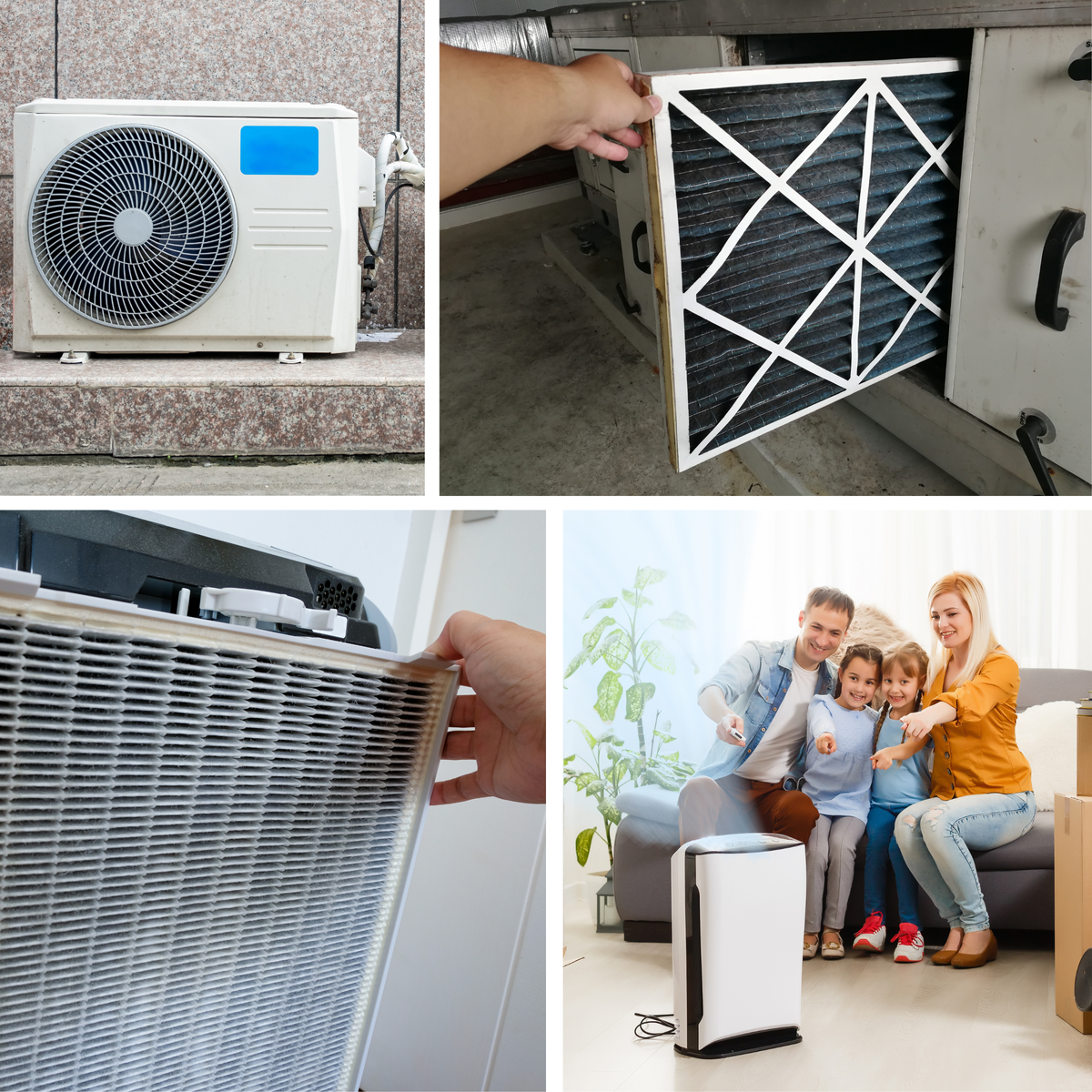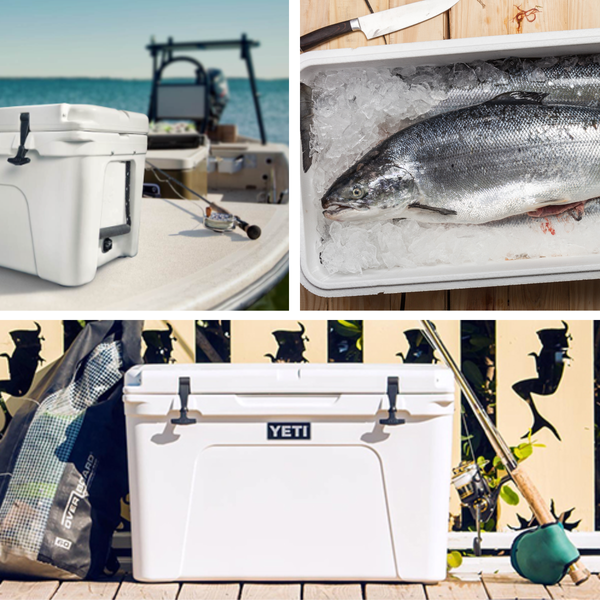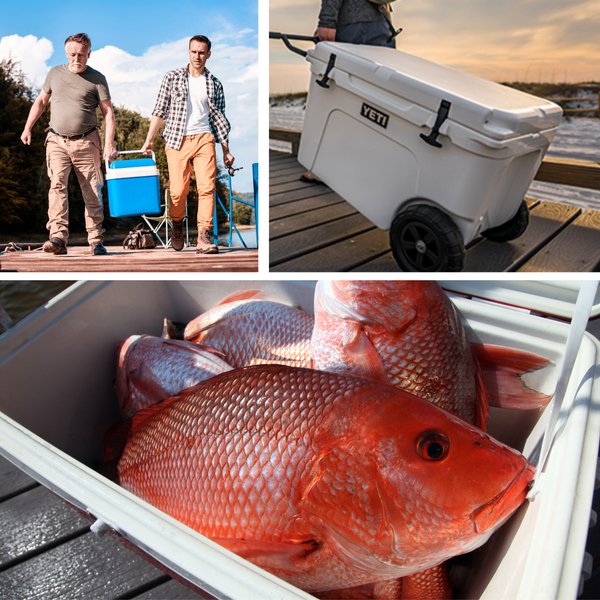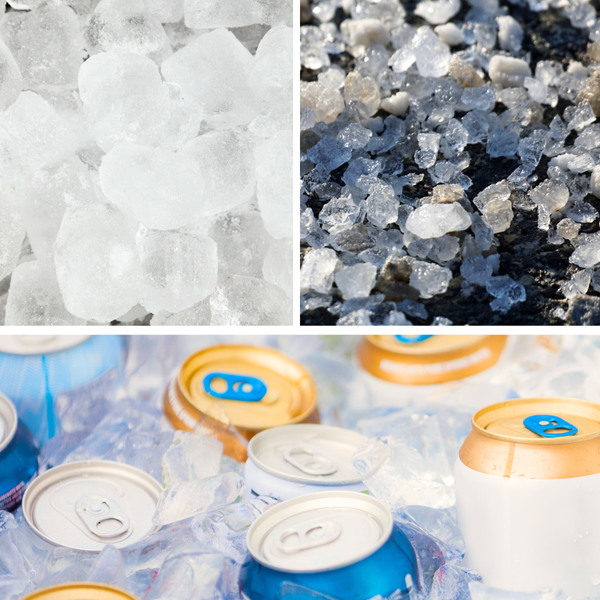Key Takeaways:
- Understanding the capabilities and limitations of single-unit air purifiers for whole-house purification.
- Insights into the types of air purifiers and their effectiveness in different home environments.
- Practical advice on optimizing air purifier placement and usage for improved indoor air quality.
Air purifiers have become a staple in homes seeking refuge from outdoor air pollution, allergens, and other airborne contaminants. The question, "can one air purifier clean an entire house," is a common one among homeowners looking to improve indoor air quality. This article will explore the feasibility of using a single air purifier for whole-house purification, the types of air purifiers available, and how to maximize their effectiveness.
Technological Advancements in Air Purification
The field of air purification is constantly evolving, with new technologies enhancing the effectiveness of whole house units. One such advancement is the integration of ultraviolet light into air purifiers. This technology works by using UV light to kill bacteria and viruses, adding an extra layer of protection to the air filter process. While UV light does not replace the need for mechanical filters like HEPA, it complements them by targeting microorganisms that can be harmful to health.
Another innovative approach is the ionization process, which can help in reducing particles in the air. However, it's important to note that some ionizers may produce ozone, a known lung irritant, as a byproduct. When considering an air purifier that uses ionization, it's crucial to choose one that is designed to keep ozone production at safe levels. Always look for certifications and professional installation options to ensure that your whole house air purifier is both safe and effective. Remember to regularly replace filters, including the pre-filter and any replacement filters, to maintain the unit's efficiency and air-cleaning capabilities.

Understanding Air Purifier Capacity
When considering whether one air purifier can clean an entire house, it's essential to understand the concept of Clean Air Delivery Rate (CADR). This rating system, endorsed by the Environmental Protection Agency, measures the volume of fresh air that an air purifier produces per minute. Whole house air purifiers are designed with a high CADR to handle the air volume of multiple rooms. However, the effectiveness of a single unit in purifying all the air in a home depends on factors such as the purifier's capacity, the size of the house, and the air movement through the space.
Types of Air Purifiers and Their Coverage
Air purifiers purify the air using various technologies, including True HEPA filters, activated carbon filters, UV filters, and ionization processes. True HEPA filters are renowned for capturing 99.97% of airborne particles, including dust mites, pet dander, and mold spores. Activated carbon filters excel at absorbing volatile organic compounds and toxic fumes, while UV filters target airborne bacteria. However, the coverage area of these purifiers varies, with portable air purifiers typically designed for single-room use and whole house units for larger spaces.
The Role of HVAC Systems in Air Purification
Many homes are equipped with HVAC systems that incorporate air filters to improve indoor air quality. These systems can be augmented with whole house air purification components, such as extended media filters, electronic filters, or electrostatic filters. These high tech units are often professionally installed within the home's heating and cooling system, ensuring that all the air circulating through the ductwork is purified. This integrated approach can be more effective than portable units in maintaining clean air throughout the house.

Placement and Number of Air Purifiers
Strategic placement of air purifiers can significantly impact their ability to purify air in multiple rooms. For instance, placing a unit in a central location or near areas with high air movement can facilitate the distribution of clean air. However, relying on one purifier to cover a large or multi-story house may not be sufficient. In such cases, using multiple air purifiers, each strategically placed in different zones, can ensure comprehensive coverage and maintain consistent air quality.
The Impact of Air Quality on Health
When considering a whole house air purifier, it's essential to understand the direct impact that air quality has on our health. Air that passes through our home is often laden with pollutants that can cause or exacerbate health issues. A HEPA filter, which is a type of mechanical filter, can trap harmful particles such as pollen, dust mites, and tobacco smoke, which are known to contribute to respiratory problems. By ensuring that your entire home is equipped with a system that can handle the square footage, you're taking a proactive step in maintaining a healthier living environment.
Moreover, the use of an activated carbon filter in conjunction with a HEPA filter can significantly improve the air quality by removing gases and odors that a mechanical filter alone cannot. This is particularly beneficial for individuals with sensitivities or allergies. The combination of these filters in a whole house air purifier ensures that the air circulating through your home's heating and air conditioning systems is as clean as possible, reducing the risk of health issues associated with poor indoor air quality.
Whole House vs. Portable Air Purifiers
Whole house air purifiers, which are integrated into the home's HVAC system, offer a seamless solution for purifying air throughout the entire house. These systems can handle larger square footage and are less obtrusive than portable units. On the other hand, portable air purifiers provide flexibility and can be moved to areas where air quality is a particular concern, such as rooms with high concentrations of pet dander or mold spores.

Air Purifier Maintenance for Whole-House Coverage
Maintaining air purifiers is crucial for their effectiveness, especially when relying on one unit for an entire house. Regularly replacing filters, such as pre-filters, HEPA filters, and activated carbon filters, ensures that the purifier operates at peak efficiency. Additionally, cleaning components like the oppositely charged collector plate in electrostatic filters can prevent a decrease in air purification performance.
Considering Air Quality Needs
Every home has unique air quality needs based on factors like the presence of pets, smokers, or individuals with allergies. While a single high-capacity air purifier may suffice for some homes, others may require multiple units or a professionally installed whole house system to address specific concerns such as airborne pollutants, microscopic particles, or lung irritants.
The Verdict on Single-Unit Whole-House Purification
Can one air purifier clean an entire house? The answer is not straightforward. While high-capacity, whole house units are designed to handle the air of an entire home, the efficiency of a single portable air purifier in this role is limited. Homeowners must consider the size of their home, the type of air purifier, and their specific air quality needs when determining the best approach to air purification.
Summary
In conclusion, a single air purifier's ability to clean an entire house depends on various factors, including the type of purifier, its capacity, the size and layout of the home, and the specific air quality needs of the residents. While whole house air purification systems are built for this purpose, portable air purifiers may require strategic placement or the use of multiple units to achieve similar results. Regular maintenance and consideration of air quality needs are essential for ensuring effective air purification throughout the home.
FAQ Section
Q: Can a single portable air purifier be effective for an entire house?
A: A single portable air purifier may not be sufficient for an entire house, especially if the space is large or has multiple floors. It's often necessary to use multiple air purifiers or a whole house system to effectively purify the air in every room.
Q: How often should I replace the filters in my air purifier?
A: The frequency of filter replacement varies depending on the type of filter and the manufacturer's recommendations. Generally, HEPA filters should be replaced every 6 to 12 months, while activated carbon filters may require replacement every 3 months. Always refer to the user manual for specific guidance.
Q: Are there any air purifiers that don't require filter replacements?
A: Some air purifiers use washable or permanent filters, which can be cleaned rather than replaced. However, these may not be as effective as replaceable filters and still require regular maintenance to maintain their air purifying capabilities.










